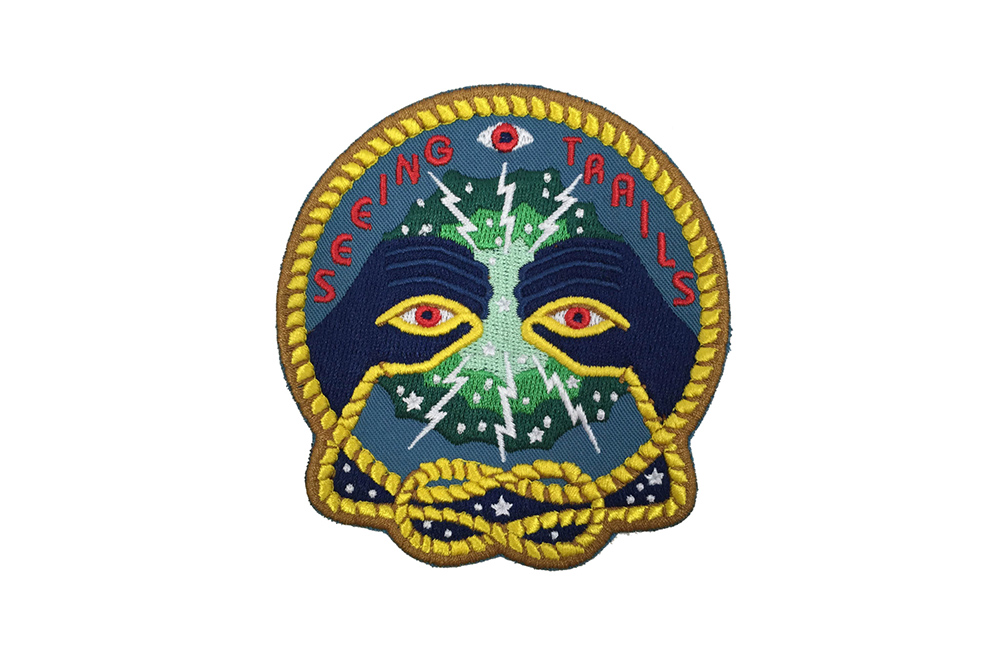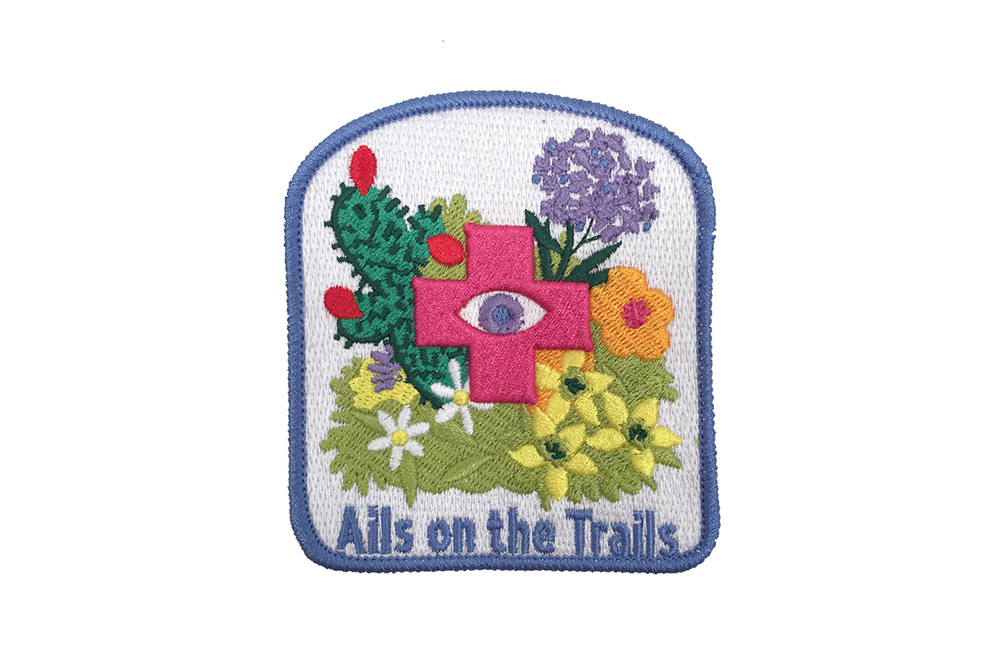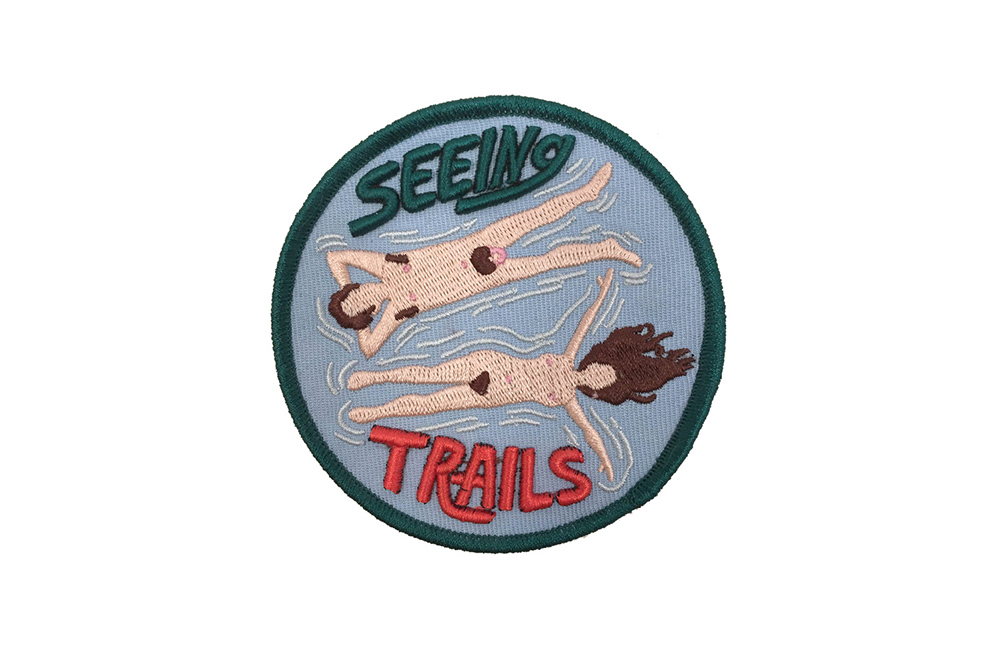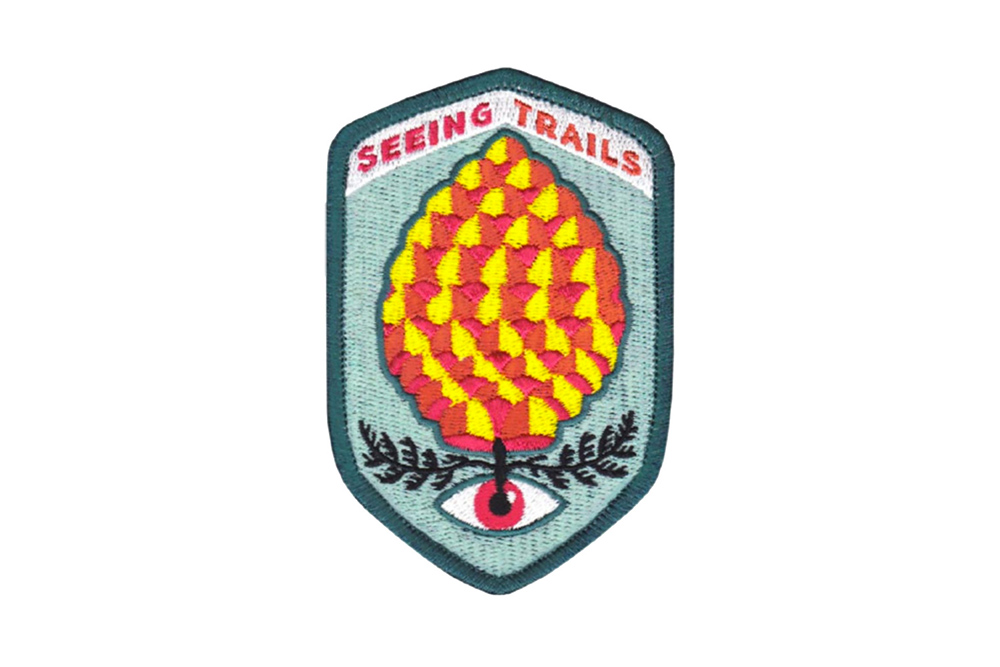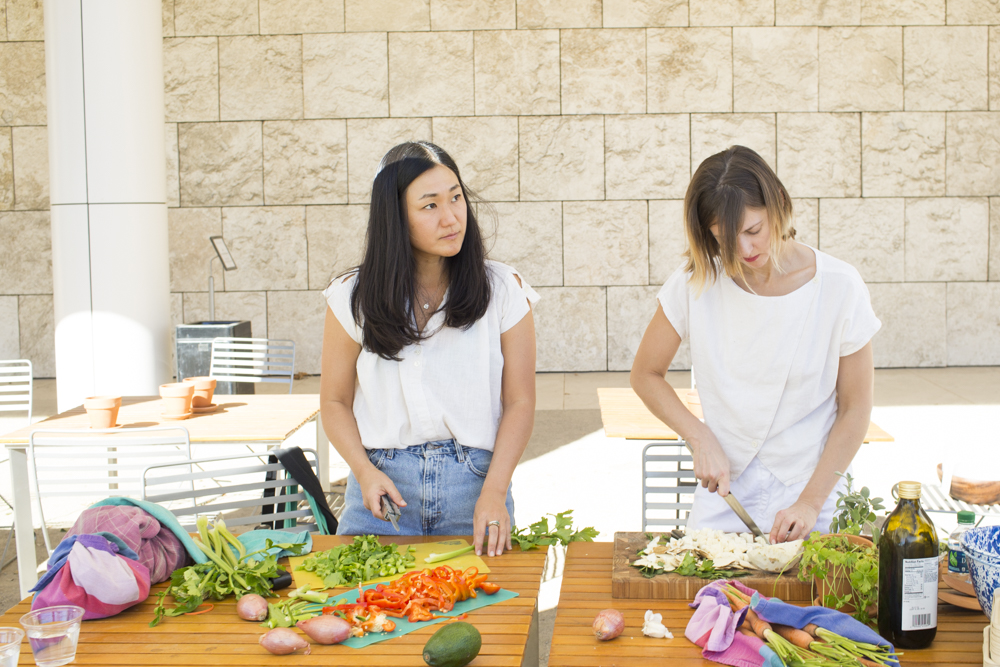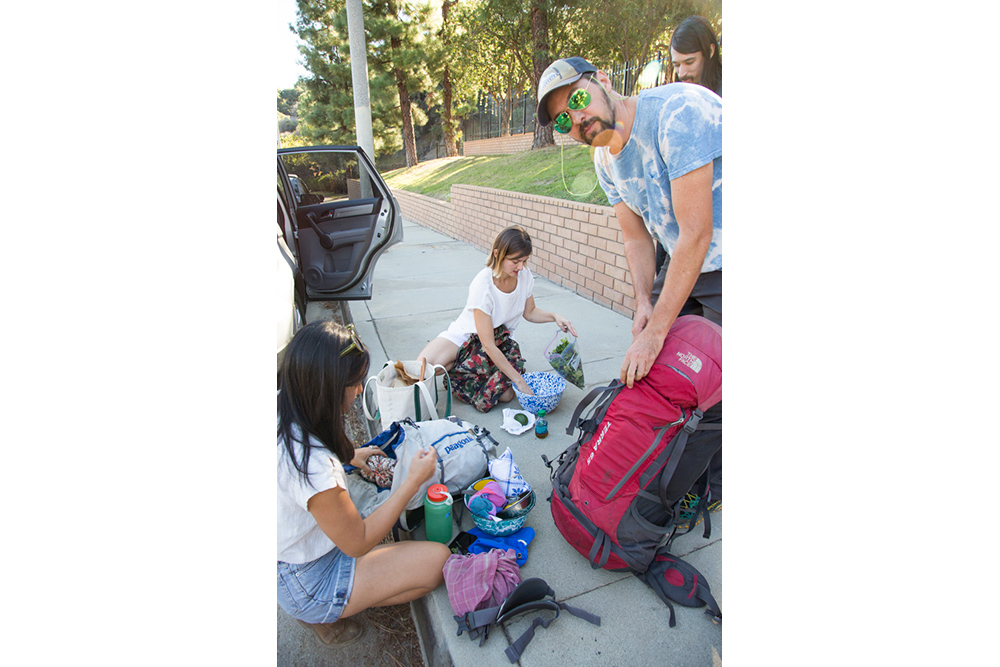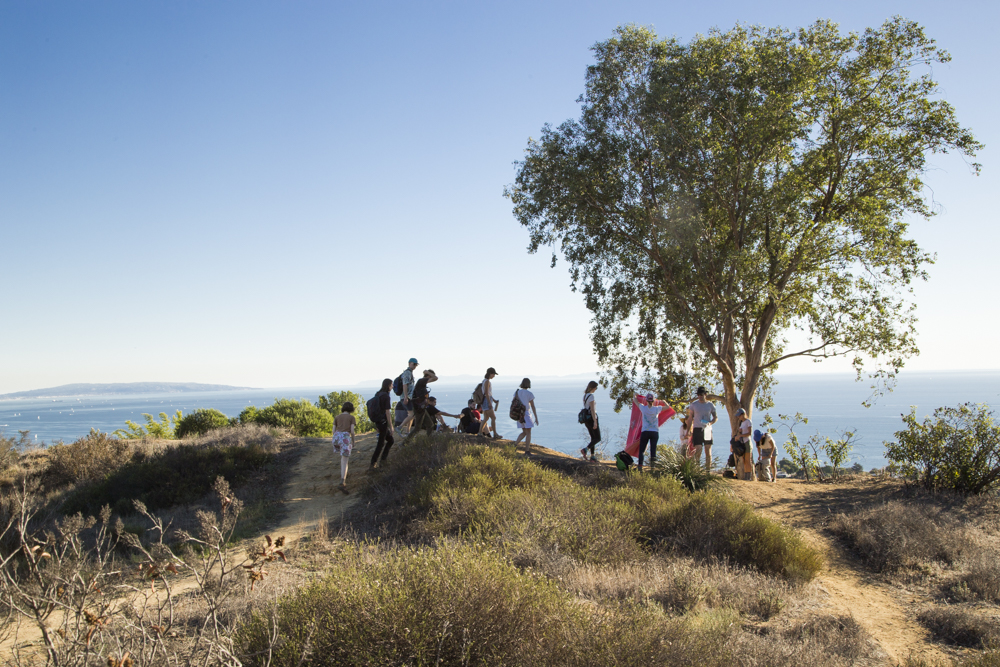Sprouted Beans, Celeriac, Carrot and Parsley with tuna and
Seeing Trails’ Crunchy Sprouted Salad
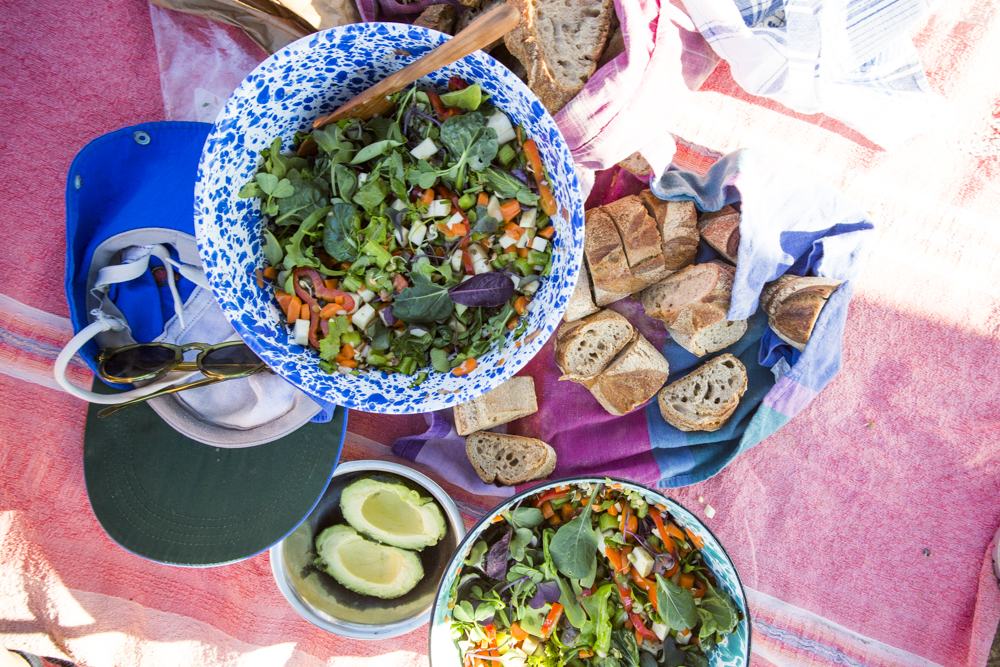
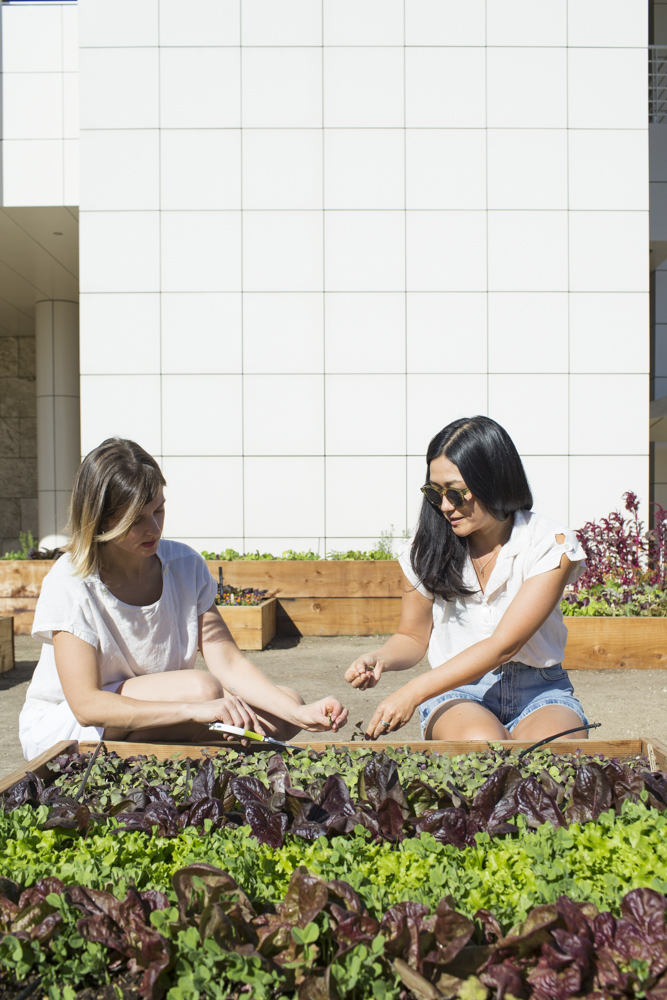
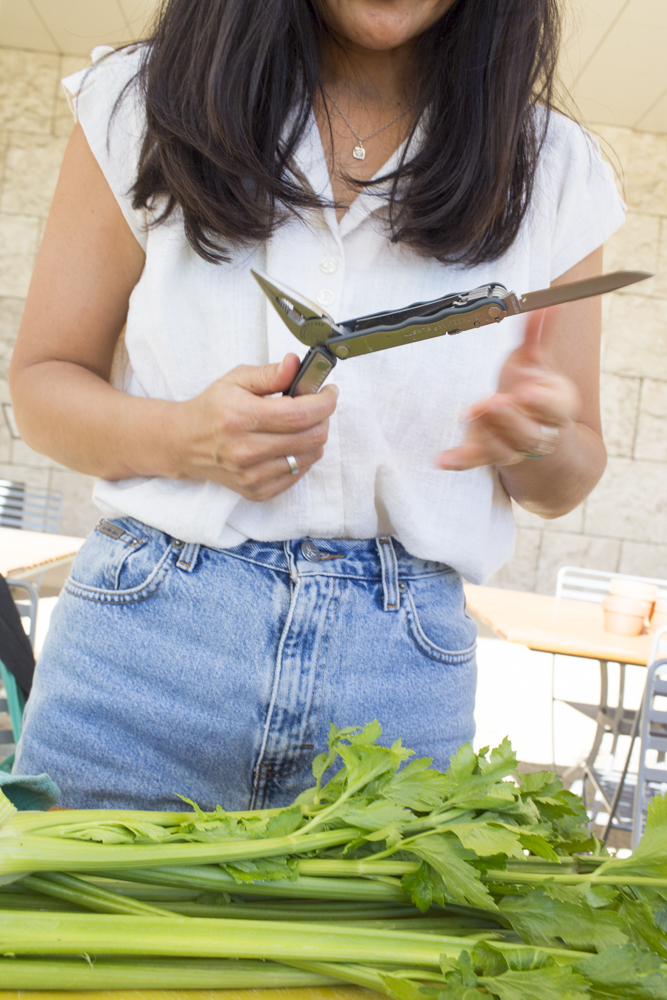
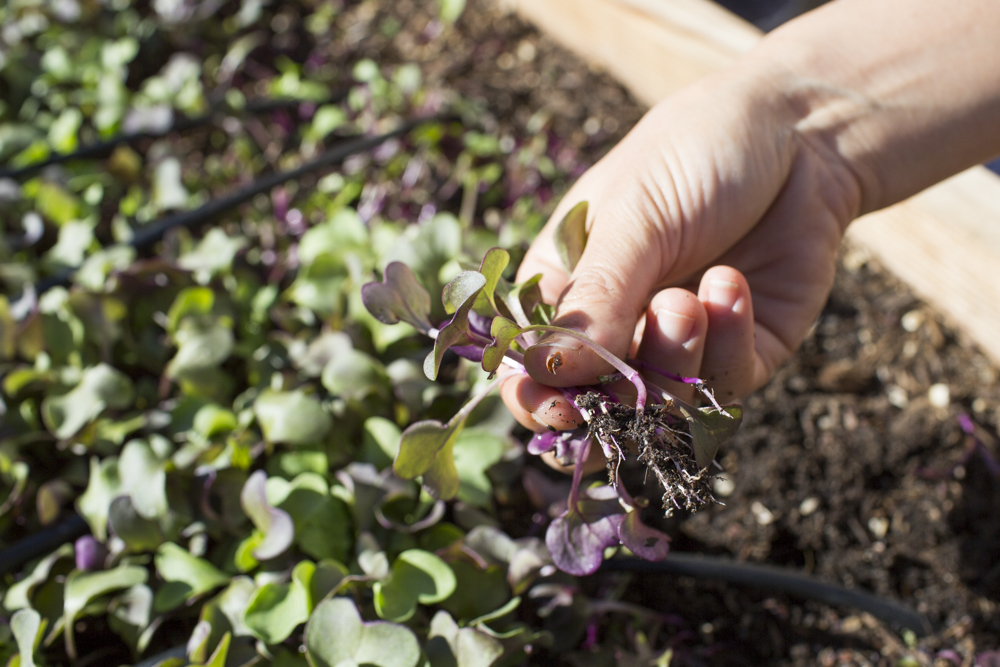
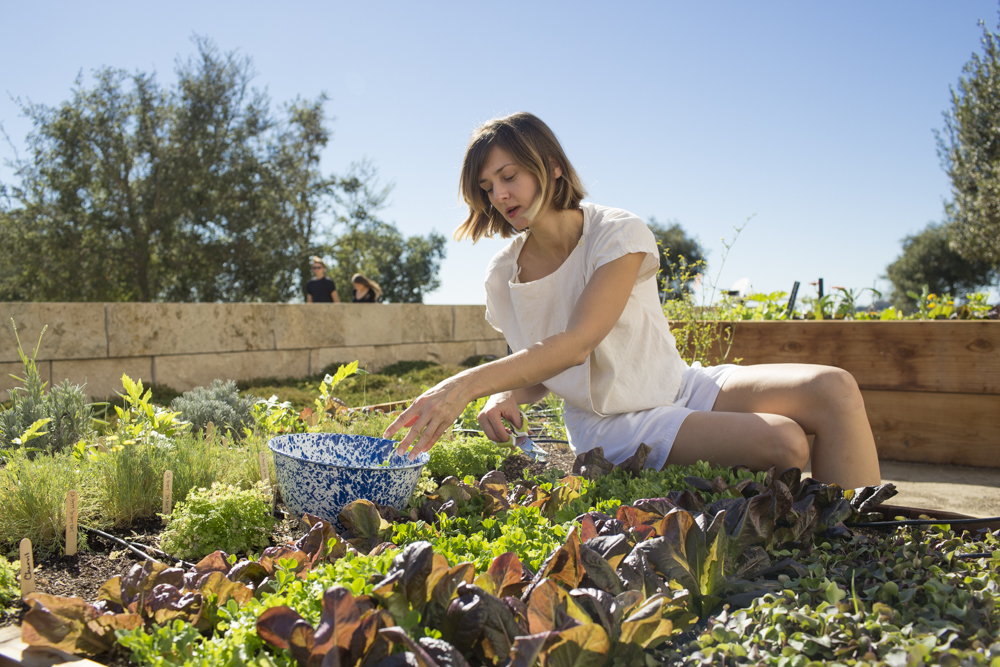
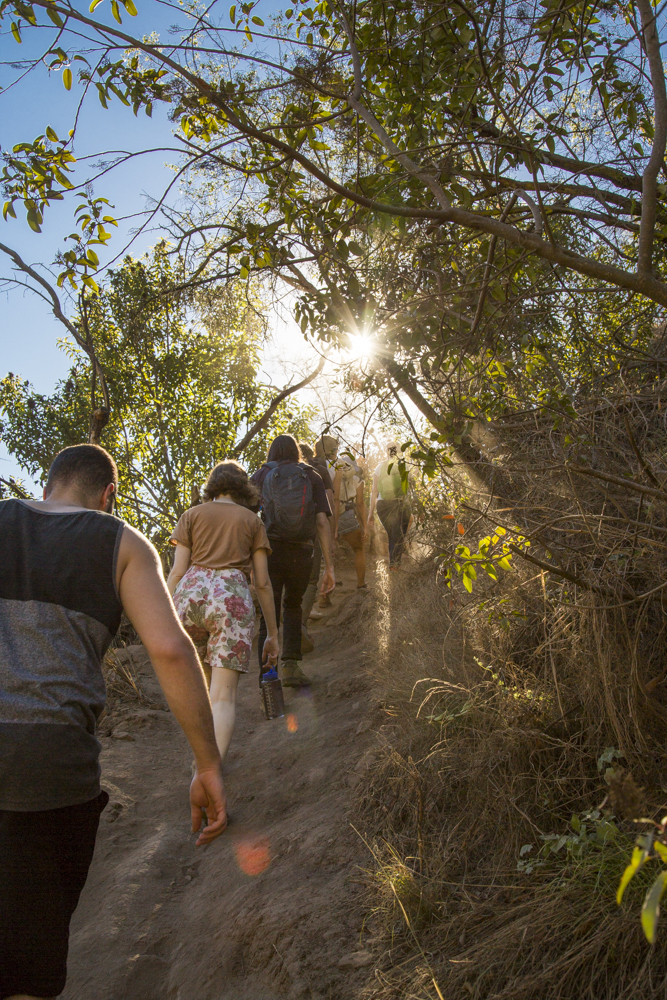
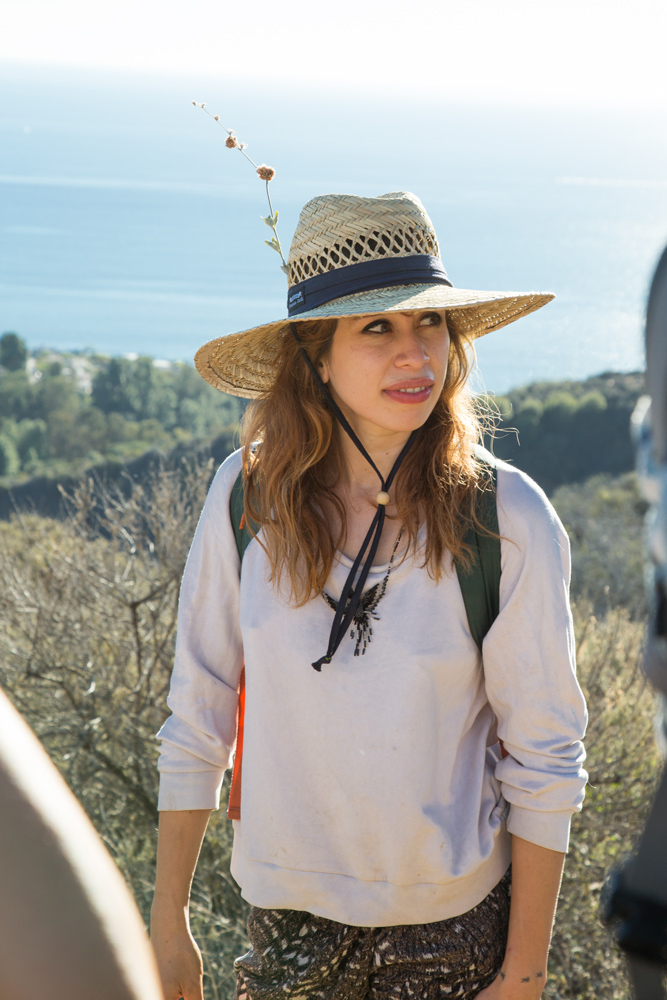
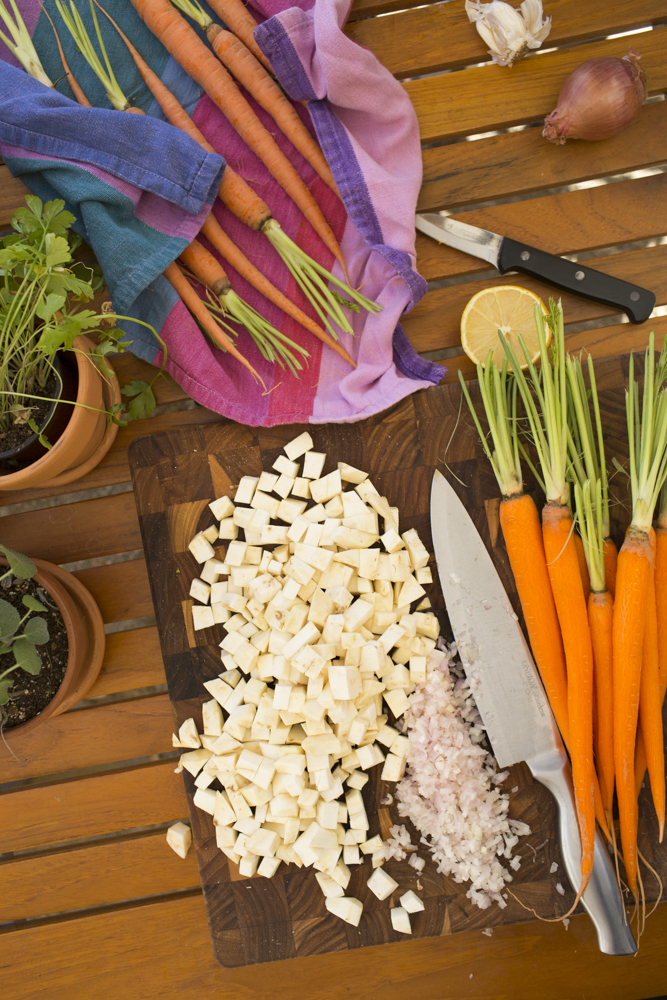
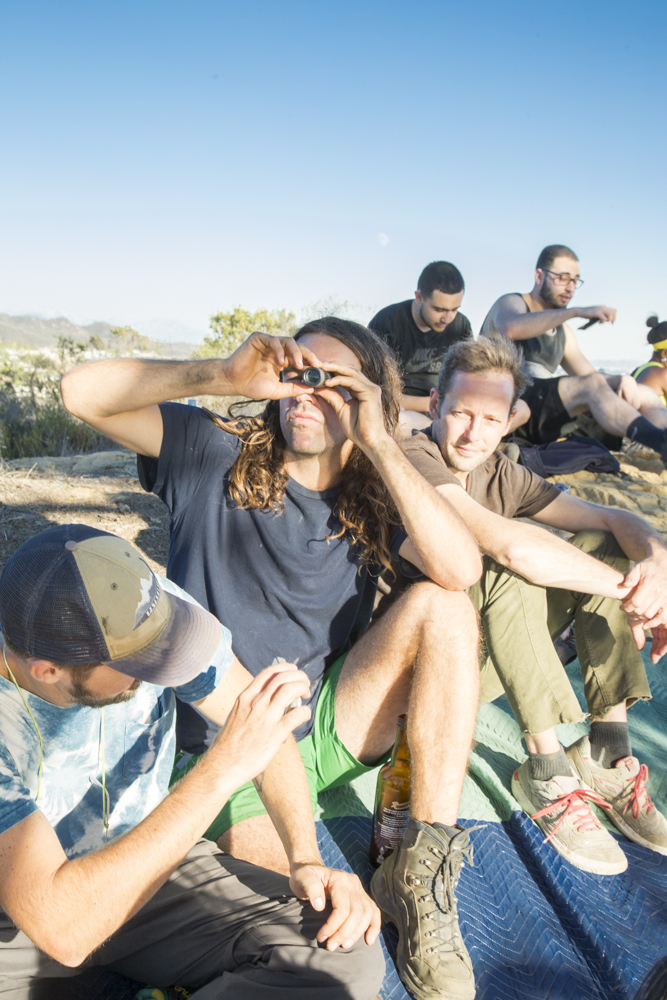
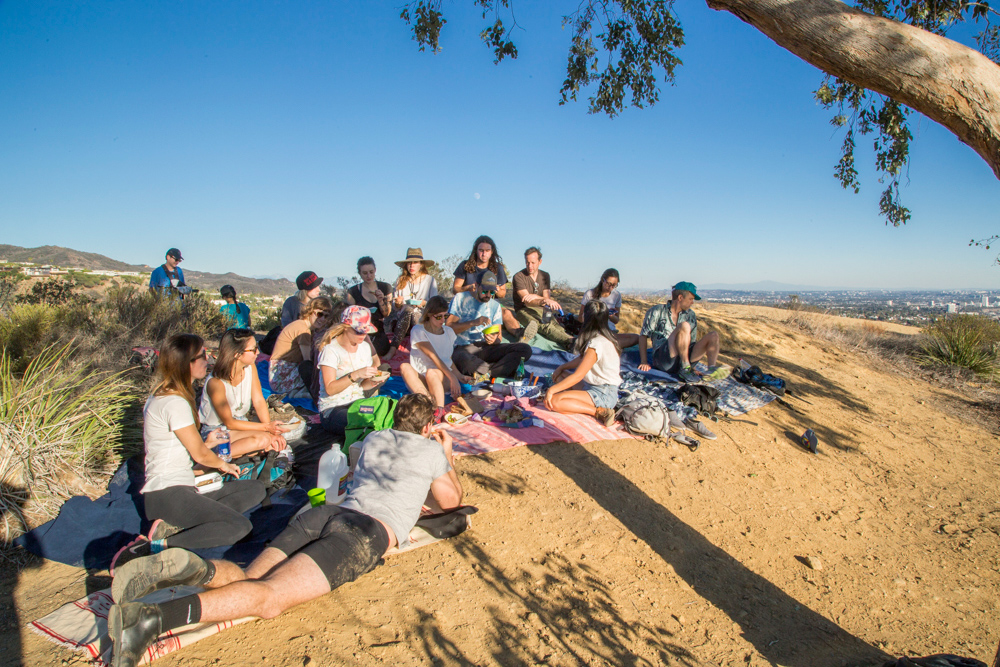
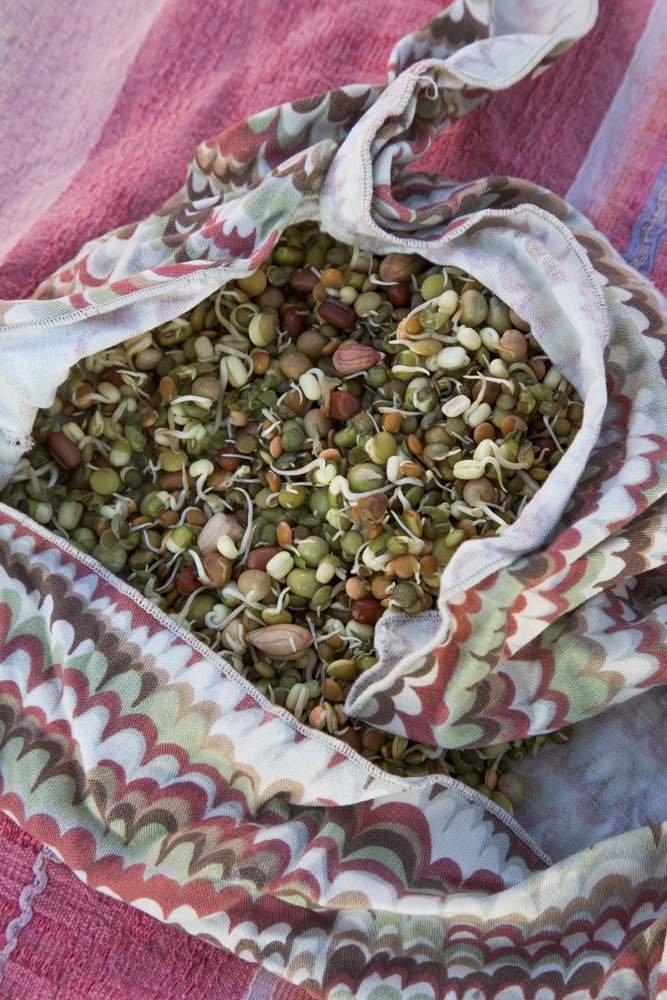
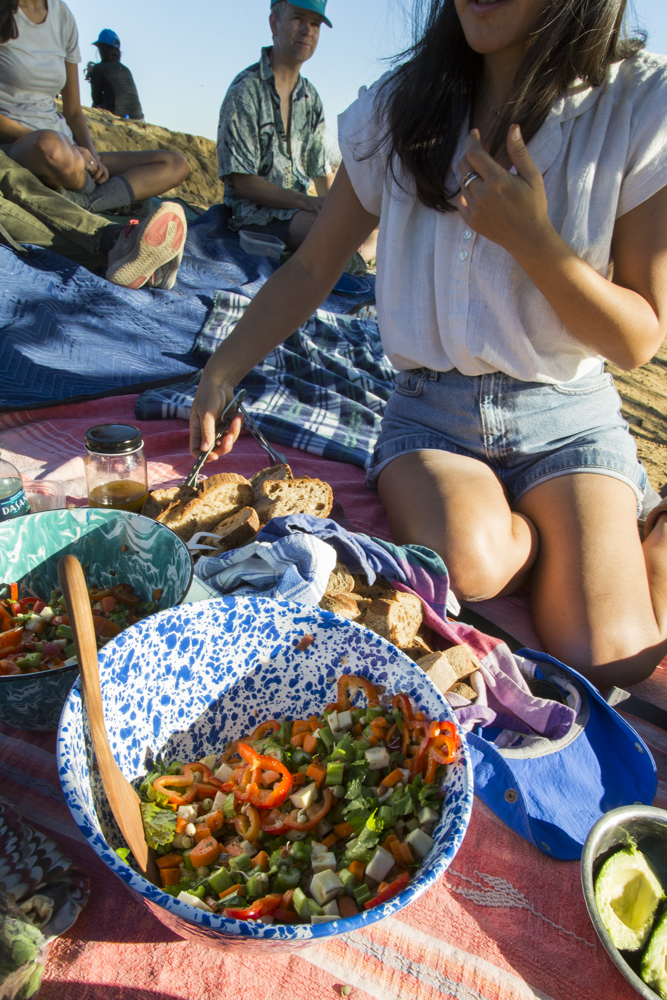
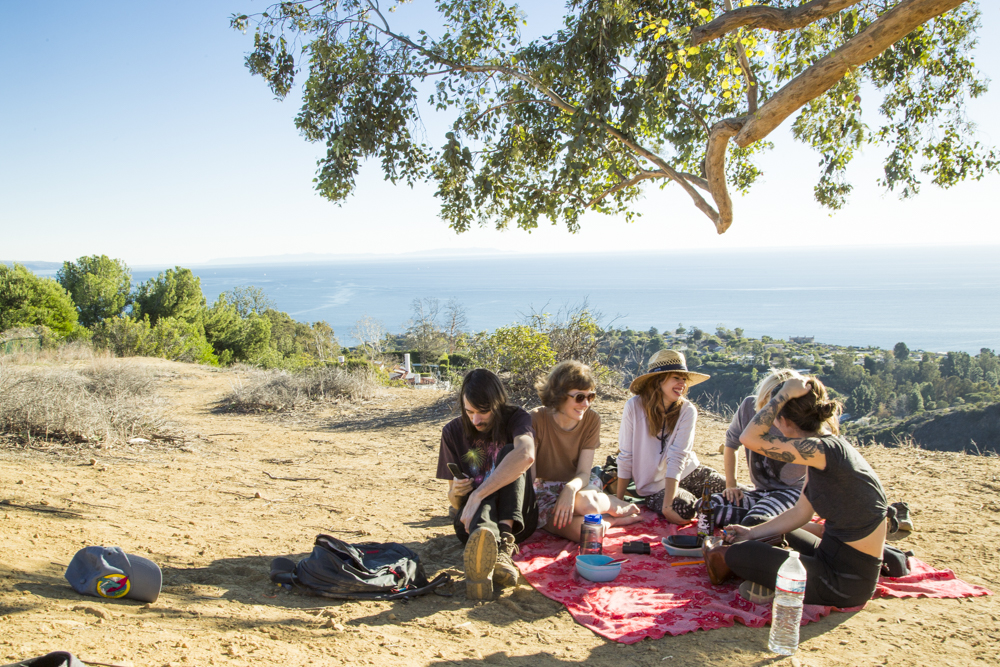
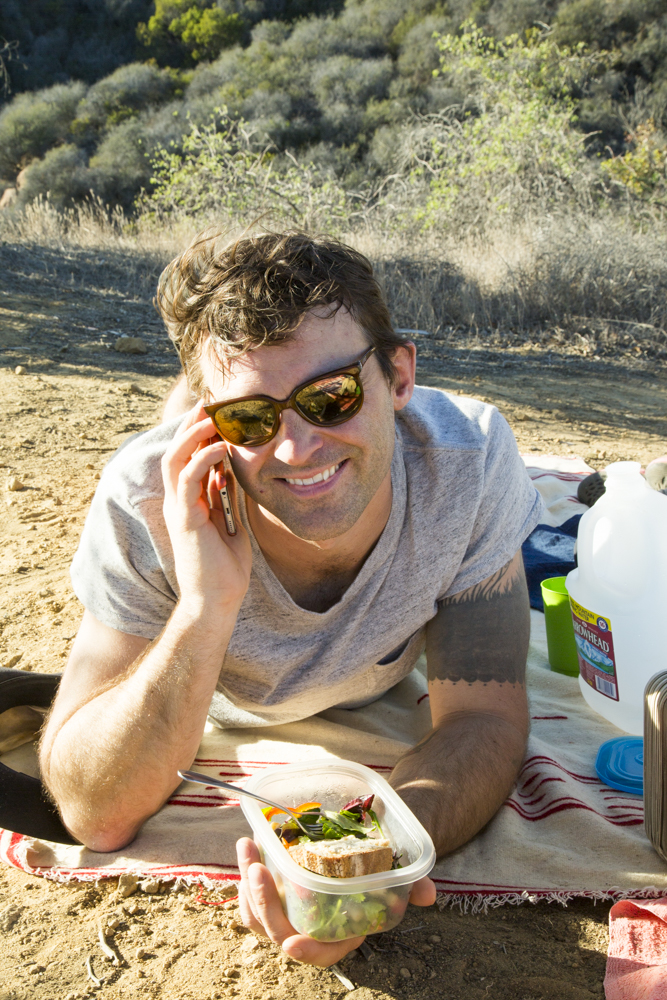
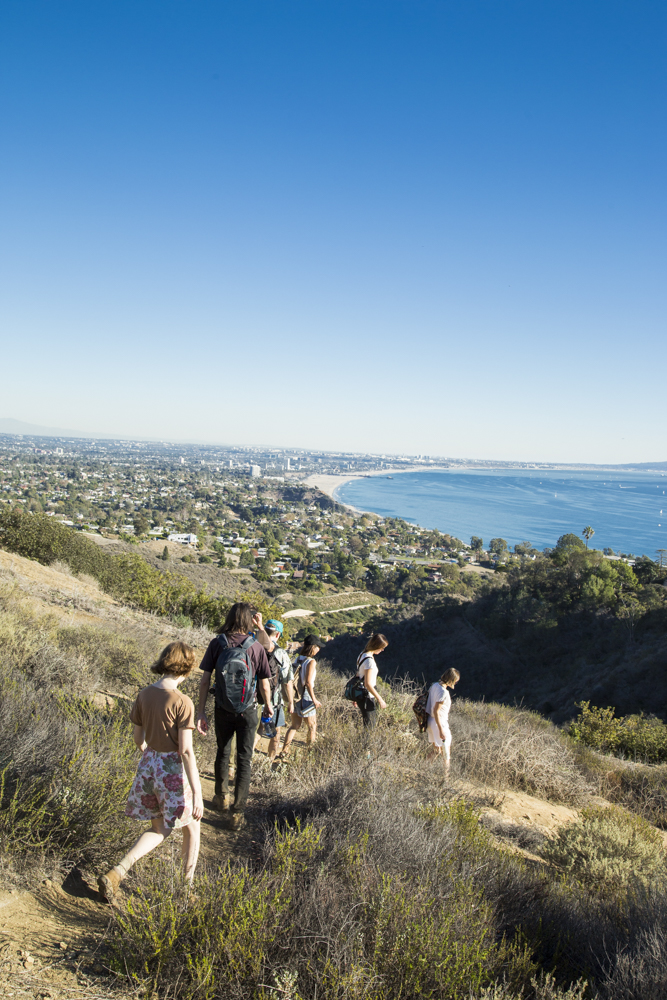
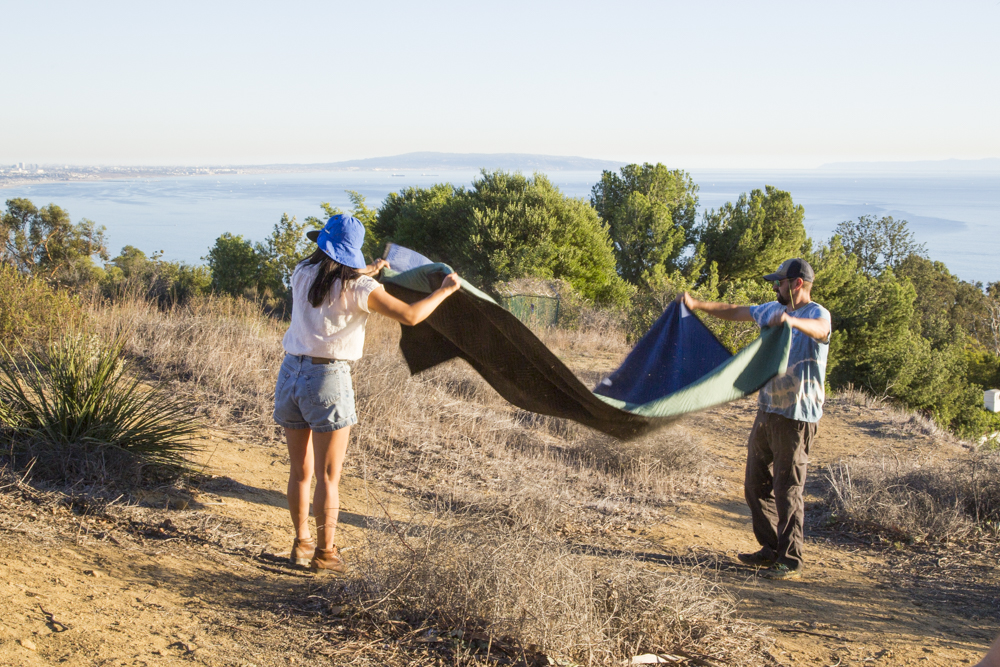
NOTES
This salad was designed to withstand a few hours without refrigeration, made up of crunchy, hearty bits and pieces. The instructions are for those of you planning ahead, packing for a hike or even just a picnic. Sprouting beans is an easy project to have on-hand in the kitchen or in your backpack. They add great crunch, protein and texture to salads, and best of all, they are cheap.
RECIPE
DIFFICULTY
EASY
SERVES
4
PREP TIME
10 MINS
Sprouts
-
1tbsmung beans
-
1tbsshelled, raw, unsalted peanuts
-
1tbsred lentils
-
1tbsgreen lentils
-
salt and pepper to taste
Salad
-
1mediumceleriac, peeled
-
3stalkscelery
-
2mediumcarrots
-
1/4redbell pepper
-
1/4cupparsley
-
1-2tinshigh quality oil packed tuna or sardines
-
1lemon
-
crusty bread
-
butter (optional)
-
salt and pepper to taste
Dressing
-
1tbsdijon mustard
-
1.5tbssherry vinegar
-
1tbslemon juice
-
1/2cupextra virgin olive oil
-
1wholegarlic clove
For the artists in the group, Seeing Trails, hiking is to them what gardening is to me. It is a side project that falls just outside the boundaries of their individual practices, but one that is worth taking very seriously. A fluid gang of 400 artists, musicians and craftsman, their regular hikes can be 4 miles in the local Malibu canyon, or 6 days in the Sierras. A different group of people attends each adventure, but when you gather this many artists in a natural setting, the chatter on the trail is guaranteed to be interesting. Beyond hiking, Seeing Trails programs include workshops, solo and communal projects, performances, film screenings, and documentation; more than a meet-up group, they define themselves as a contemporary artist collective practicing, “Wilderness Arts.” They even have a series of very cool patches to prove it (see slideshow).
Their mission statement reads:
We believe that to truly “see” our surroundings we must engage with the environment in ways that subvert cultural and artistic paradigms. Creating new access points for the community to learn from the wilderness in unconventional ways can offer transformative insight and perspectives on ourselves and the everyday environments we take for granted.
Intrigued by the project, I invited two key members of the group, artist Agnes Bolt and documentarian/designer June Okada to make a salad at The Getty Salad Garden that we could take on one of their hikes. From the garden we headed out to The Getty Villa in Malibu, which happens to be surrounded by the Los Liones hiking trails. There we met 20 of the funniest lookin’ hikers I’ve ever seen, rucksacks stuffed with picnic blankets and gigantic bottles of fancy beer. We made our way to the highest point overlooking the ocean, and Agnes and June doled out bowls of hearty vegetables with crusty bread and butter. I overheard Seeing Trails’ founder, musician/DJ Butchy Fuego, exclaim, “wow, we should eat salad like this on every hike,” and I knew, my work there was done.
Agnes and June In Their Own Words
Julia Sherman: June –Tell me how Seeing Trails started? Was this an individual’s effort or a response to a popular demand?
June Okada: Seeing Trails was started in late 2012/early 2013. It was just a few friends wanting to hike together and we started doing day hikes in the San Gabriel Mountains. More and more people seemed to be interested in getting together to hike and camp. Eventually, we started hiking in the Sierras, going to the desert, organizing longer backpacking trips, and creating a place, which we now the “The Lodge,” where people can gather.
JS: Are people surprised to hear that a group of artists have self organized around something like hiking? Is it that the aesthetics of outdoors sports is so bad? Is it that people don’t think artists like to be outdoors or exercise?
JO: I don’t think people are surprised about artists wanting to hike. Nature has always been something artists are drawn to. California seems to draw these types. But sports, that’s a whole other world!
JS: I have organized groups of artists too many times, and I often find it difficult to sustain interest after the first burst of excitement. It seems like this has staying power, and I was wondering if this is something you have thought about or had to manage?
JO: People have come and gone from the group over the last few of years. We’ve lost some people to surfing actually, but there is a core group of regular outstanding members who have stayed solid. Some people are more interested in easier fun hikes, some are more into the classes or workshops, some just come for our entertainment events, some just want to car camp in Mexico with us, some want to explore hot springs, and some love to bushwhack and climb mountains in the winter. It’s pretty varied, so I think it keeps most people interested at different times.
JS: Agnes — tell me about your project, The Institute for New Feeling. I am curious as to the boundaries of that project?
Agnes Bolt: The Institute for New Feeling is a collaboration between myself, Scott Andrew and Nina Sarnelle. We frame ourselves as a research clinic, borrowing from the language of corporate branding and new age healing, as well as that of mainstream medicine, therapy, health and beauty. IFNF isn’t entirely a parody of these systems, but encourages people to critique and indulge in them at the same time.
JS: So, it is about accepting contradictions to some extent… Where do those contradictions lie for you personally?
AB: For me they are largely located in the screen I look at way too much and buy all my stuff off of. Guilt, pleasure, status, or work belong to a whole new hybrid value system that we have to deal with.
JS: I love that I cannot tell if this is “real” or “art,” or what the difference between those two categories even means. Is there really a spa concept in the works?
AB: I have always enjoyed finding a context for my artwork that rubs up against reality; I want to place my work in a space whose consequences are greater than those of the traditional gallery. Opening a space in Los Angeles that looks like a spa or a retail space would allow us to create a community around these ideas. We’ve been presented with a couple opportunities that may become real in the next couple years…
JS: So, is there an end goal in sight with this project, or is it indefinite?
AB: The end goal is to become a massive hybrid of Google, Amazon and Tinder.
Just kidding!
JS: Is hiking an extension of your practice, or is it a counterpoint?
AB: My solo art practice almost always begins conceptually. I find myself working with others, negotiating, discussing, ruminating, and ultimately, compromising from the outset. These are all valuable processes of course, but as a counterpoint, I look for personal space where I can move from a place of intuition. I’m trying to put my brain into a Beta state. Meditation does this for me, and hiking even more so.
JS: That’s how I feel about gardening. There is a task at hand, and when your focus is singular, everything else falls away.
AB: Exactly. You’re forced into a very present state of mind, one step in front of another, no where else to go but ahead, often tricking your mind in order to conquer pain or discomfort. There’s nothing like it to clear the palette of garbage.
JS: It’s great that you can get there amongst a group of your peers. I often find that I prefer to recreate with people or in places so far outside my own profession, but on our hike the other day, it felt very open. You could talk about, “what you do,” or avoid it entirely.
AB: Of course, there are a lot of really interesting artists involved in Seeing Trails, but it’s nice that it’s not motivated by networking and opportunism, but rather by a common love of the outdoors.
JS: So, has this state of mind seeped back into the studio?
AB: Yes. I’m trying to apply these strategies to the way I make art—not the core ideas I’m interested in exploring as described above, but in my process, how I arrive at those ideas and let them guide me.
